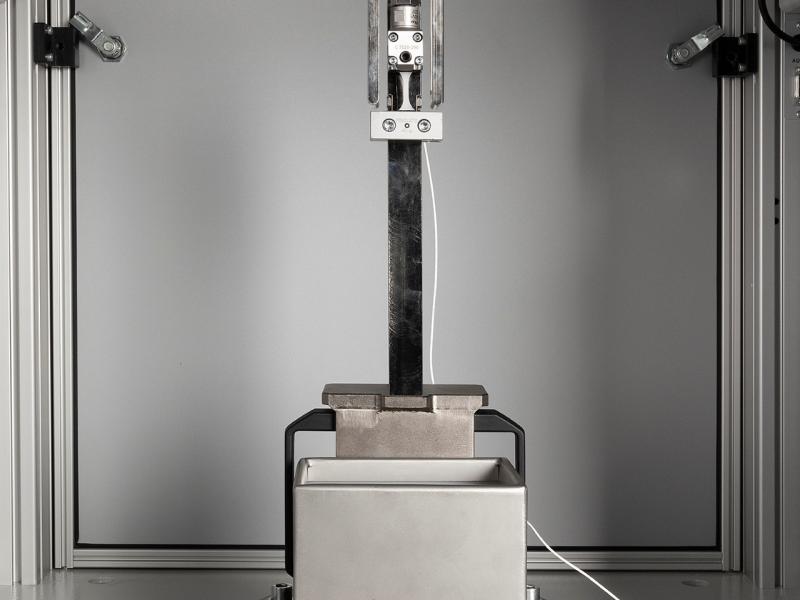OPTIMISATION, what’s it all about?
The short answer? It’s all about profits! The dictionary definition of optimum is: ‘The best or most favourable condition, degree, or amount for a particular situation.’
Translated, it means getting the best result possible, given one or more assumptions.
To illustrate, lets say you have to take an airplane trip from Auckland to London, with stopovers at Los Angeles and Singapore. Before purchasing your tickets, the first thing to do is establish your choice-criteria, which could include: cost, speed, safety, and free extras. Now how do you optimise your decision?
If you want to optimise your itinerary for the “lowest cost solution” you would disregard speed, safety, and perks and simply choose the airline with the cheapest tickets.
If you want to optimise for safety, you would probably avoid the Russian or African airlines with their dubious safety records and pick recognised Western carriers.
If you wish to get a free hotel room or a stopover in LA you would choose the airline that would throw that in for free.
That’s optimisation at its simplest. When you decide to optimise for one thing you will almost always get a sub-optimal result for one or more of the other criteria – for example, speed, safety, or the free nights in Singapore or LA.
Now suppose that when you optimise for one outcome—speed—that, yes you do get the fastest schedule, but the costs are unacceptable. So you decide instead to optimise for two criteria: speed and cost. Now you have an outcome that gives you ‘acceptable costs’ (not the very lowest) and ‘acceptable speed’ (probably not the fastest). Optimisation involves
trade-offs to obtain the kind of answers we need and it illustrates the facts that have to be accepted in making optimal decisions.
Maintenance decision optimisation
When making maintenance decisions:
• ‘Think’ optimisation when making maintenance decisions
– think of trade-offs, pros-and-cons, pluses-and-minuses.
Optimising always has to do with getting the best result in one
area, while consciously getting a less than best result in
another area.
• Consider what you want to optimise. In maintenance we can
optimise for costs or reliability or for safety or profit just to name
a few. Lowest-costs optimisation is probably the most typical
maintenance goal. Costs, plural, means the total costs and
takes into account the cost of the component or asset, the cost
of labour, the cost of lost production etc. Simply stated, you
must make decisions that will result in the lowest possible total
cost.
To summarise, you have to decide, (in the framework of your particular operation), what your optimisation goals should be. Ideally all the other stakeholders (eg. finance, production, marketing, planning) should get involved. Obtaining consensus is an important step in the optimisation process.
How to optimise is a mathematics driven science; fortunately there is computer software that takes the pain out of it, but for this to happen some other ingredients are required - namely:
• An understanding of what you are doing.
• Commitment and the will to say; “Yes optimisation makes
sense, let’s take the time to do it right.”
• Data – the right kind organised in the right way. Generally
this data will be available from the computerised maintenance
system providing it has been correctly structured in the first
place.
Article is supplied by MESNZ member Stewart Angelo, of Productive Maintenance Limited.





